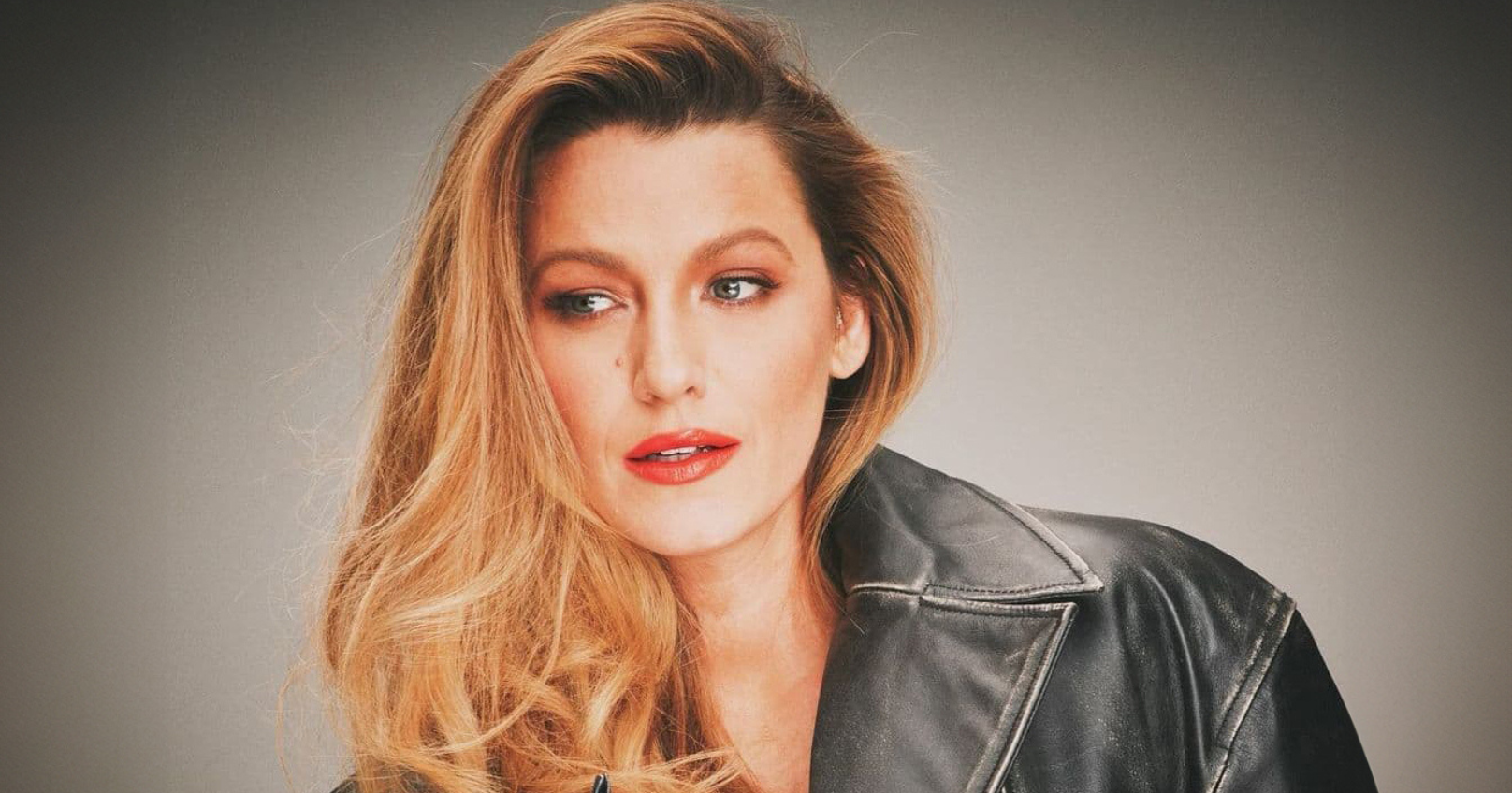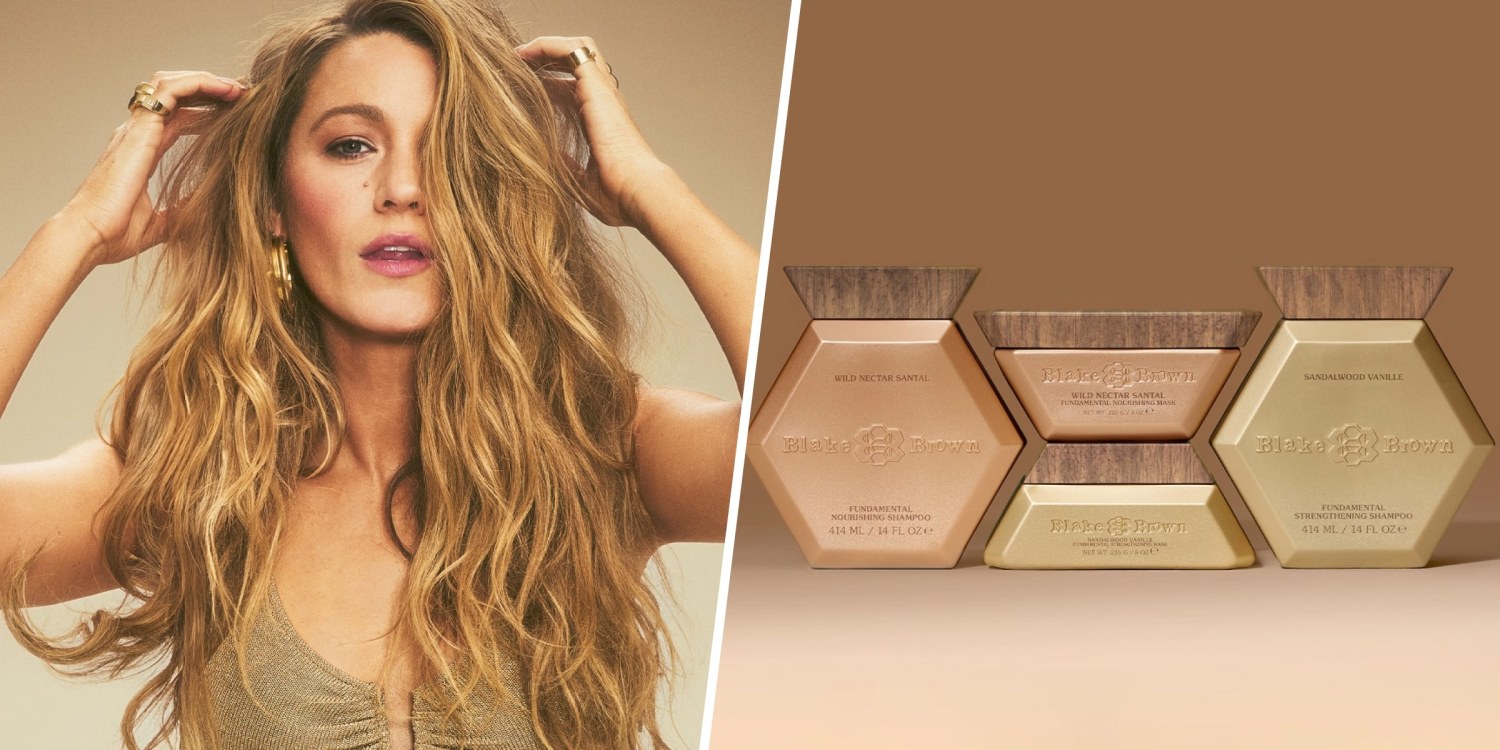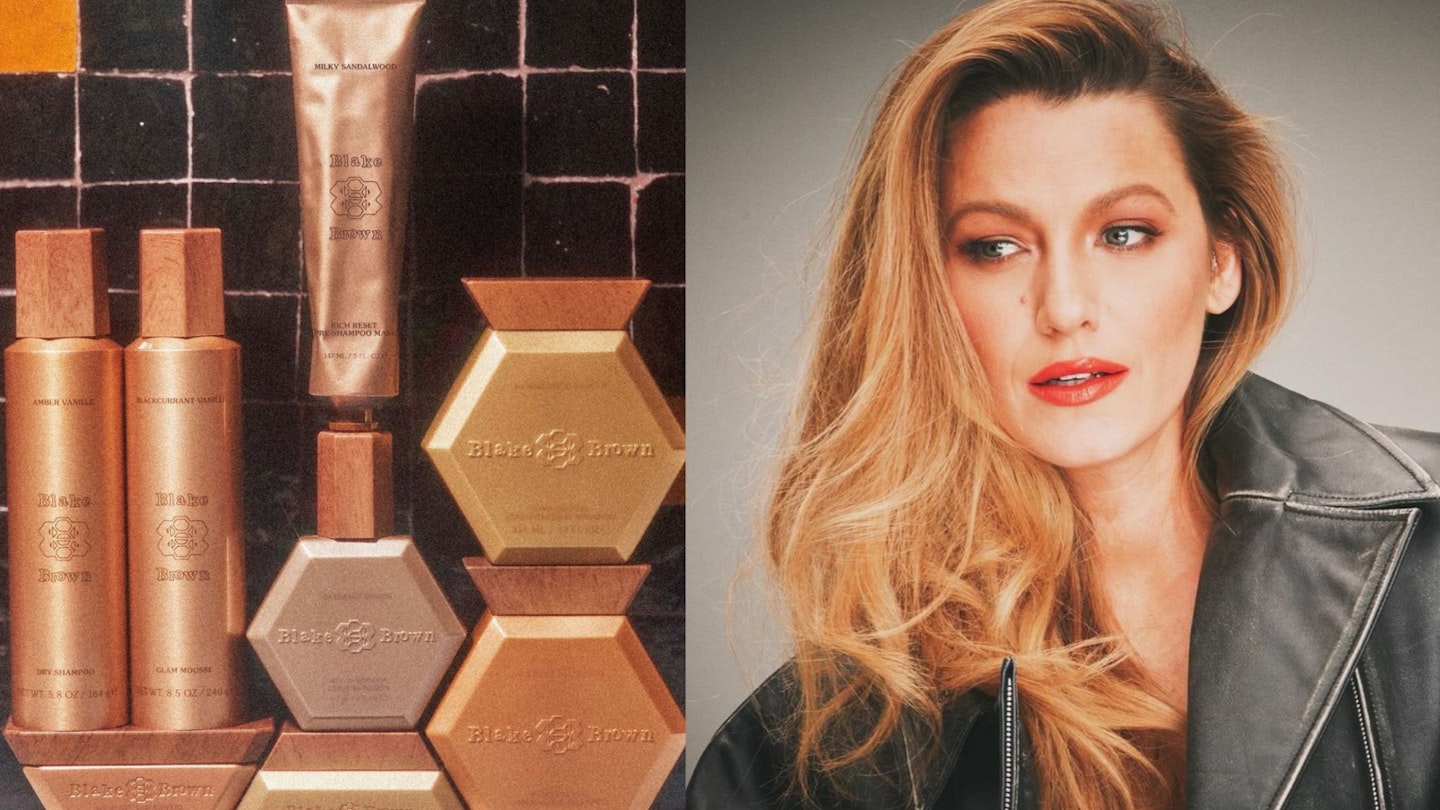Investigating Blake Lively’s “Blake Brown” – Beauty’s Biggest Flop – Diva Rumours & Weird Products

Why Blake Lively’s Hair Care Brand Blake Brown Is Flopping — And It’s Not Just the Products
Celebrity beauty brands used to flood the market once or twice a year with makeup lines, skincare collections, or fragrances. Lately, however, a new trend has emerged: hair care. And not just from traditional beauty icons — but seemingly random celebrities jumping into the hair care game out of nowhere. Among them is Blake Lively, Hollywood star, style icon, and now beauty entrepreneur with her own hair care line, Blake Brown.
Blake Lively didn’t just dip her toes into the beauty industry — she dove in headfirst. After years as a fashion and beauty muse, particularly known for her enviable, luscious hair, she launched Blake Brown in August 2024, following seven years of product development. Yet, despite the initial buzz, the brand is floundering. It’s flopping hard, and surprisingly, the product formulas themselves aren’t entirely to blame. So what’s going wrong? Let’s dig into the story behind Blake Brown’s underwhelming launch.
The Perfect Storm: Blake Lively’s Beauty Credentials
Before we dive into why Blake Brown is struggling, it’s important to understand why Blake Lively seemed like a natural fit for the beauty space. Blake first rose to fame as Serena van der Woodsen on Gossip Girl, the quintessential Manhattan “It Girl.” The show’s emphasis on fashion and beauty meant Blake’s character often showcased the latest styles and beauty trends, boosting Blake’s real-life status as a style icon.
Her striking hair — thick, shiny, effortlessly glamorous — has been a focal point of her public image for over a decade. Lively has been a regular on magazine covers like Cosmo, Allure, and Vogue, and since 2013 she has been a face for L’Oreal’s makeup campaigns. Working with top hair stylists such as Christopher Buckle and Rona O’Connor only cemented her image as a hair muse.
Given all this, a hair care brand seemed like a logical next step. And with Blake Brown, Lively promised salon-quality, clean, cruelty-free, and accessible hair care inspired by the expensive Kerastase products she loved — but at a fraction of the price.

What Blake Brown Offers — And What’s Weird About It
Blake Brown launched with eight products, including:
Two shampoos (Nourishing and Strengthening) meant to be alternated
Three hair masks (Nourishing Mask, Strengthening Mask, and Rich Reset Pre-Shampoo Mask)
A dry shampoo that doubles as a texturizing spray
Two styling products: Glam Mousse and an All In Wonder Leave-In Potion
All products are free from sulfates, silicones, parabens, and synthetic dyes. The brand leans heavily on “clean beauty” buzzwords and scents inspired by Blake’s favorite perfumes.
There is one odd choice: the brand includes no traditional conditioner — only masks as conditioning treatments. Some users praised this approach as innovative, while others with curly or tangly hair found the masks didn’t detangle as effectively as a regular conditioner. Cosmetic chemists pointed out that masks and conditioners are often very similar, but skipping a classic conditioner felt like a weird risk that may alienate some consumers.
Additionally, the packaging — designed with a hive-like motif — was widely criticized as bulky and impractical. The fragrance polarizes users; some love the signature scent, while others find it overpowering. And though the brand promised affordability compared to luxury salon prices, the price tags of around $19-$20 per bottle or jar still felt steep for the average consumer, especially when compared to drugstore options.
The Launch: High Hopes, Mixed Reception
Before launch, many beauty magazines and influencers gave Blake Brown positive early reviews, praising product performance and aesthetics. However, these early reviews were often based on gifted products and tended to be more favorable toward celebrity-backed brands.
After the official launch, real customer reviews appeared — and they were much more mixed. Many users saw decent results but were not blown away. Complaints centered around the packaging, scent, and price, leading to less enthusiasm than expected. The hair mask-only conditioning system proved controversial, and consumers questioned if the products were worth the premium price.
The Reputation Problem: Blake Lively’s Public Image Takes a Hit
If the products themselves weren’t the main issue, what was? Public perception of Blake Lively herself.
Blake Brown launched just two days before the premiere of Lively’s film It Ends With Us. The timing was perfect — or so it seemed. Usually, celebrities align product launches with major projects to maximize publicity. But instead, this move coincided with a wave of negative press about Lively.
Rumors surfaced during the film’s press tour that Blake was difficult to work with on set, clashing with co-star and director Justin Baldoni. Reports described a tense environment divided into “Team Blake” and “Team Justin,” with Blake allegedly making unilateral decisions about the script and wardrobe and creating her own film edit. Behind-the-scenes sources described her as “effortlessly rude,” and Baldoni hinted at tensions in interviews.
But perhaps more damaging was Blake’s behavior on the press tour itself. The film, a domestic violence drama, was promoted in a way many called “tone-deaf” — Lively appeared dismissive when asked about the film’s serious themes, often deflecting to her hair, outfit, or promotion of her own brands. Social media backlash was swift, with fans and critics calling out her perceived insensitivity and self-promotion during a sensitive campaign.
Celebrity Brands Are Only As Strong As Their Image
When a celebrity puts their name on a beauty brand, their likability and reputation become part of the product’s value. No matter how good the product is, if consumers dislike or distrust the person behind the brand, sales will suffer.
Blake Lively’s public fall from grace — fueled by rumors, negative press, and awkward interviews — likely damaged consumer enthusiasm for Blake Brown. Some users even posted videos of returning or tossing their products in frustration.

This is a harsh but clear reminder that today’s beauty consumers care about who owns the brand — their values, personality, and actions. In the era of social media, it’s impossible to separate the person from the product. Whether it’s politics, behavior, or public perception, consumers are “voting” with their wallets.
Market Saturation and Distribution Challenges
Beyond Blake’s reputation, the brand faces other challenges:
The hair care market is crowded, with many well-established brands and celebrity lines competing for attention. New entries struggle to gain traction without viral buzz or standout innovation.
Celebrity beauty lines, once novel, are now so common that many consumers are skeptical or fatigued.
Blake Brown launched exclusively at Target, a move that may have limited exposure to higher-end beauty shoppers who frequent Sephora or department stores. The price point also felt like a mismatch for drugstore shelves.
What’s Next For Blake Brown?
After only a few months on the market, Blake Brown seems to be quietly floundering, with clearance sales and returns piling up.
The brand’s future is uncertain. To survive, it might need a major rebrand, a shift away from Blake’s public persona, or a repositioning with new marketing and product tweaks. But with Lively’s current unpopularity, it’s hard to see a quick turnaround.
Unless Blake Lively embarks on a genuine apology and public relations rehab — which might contradict her desire to be front-and-center — the brand may need to retreat into the background with Lively as a silent partner.
Conclusion
Blake Brown launched with promise but quickly became a cautionary tale about how celebrity reputation can make or break a beauty brand. While the products aren’t terrible, they’re not exceptional enough to overcome packaging complaints, pricing concerns, and, most importantly, a damaged public image.
In today’s hyper-aware beauty market, consumers expect authenticity and alignment with their values. When the face of the brand becomes a liability, even the best formulations can’t save a flailing launch.
